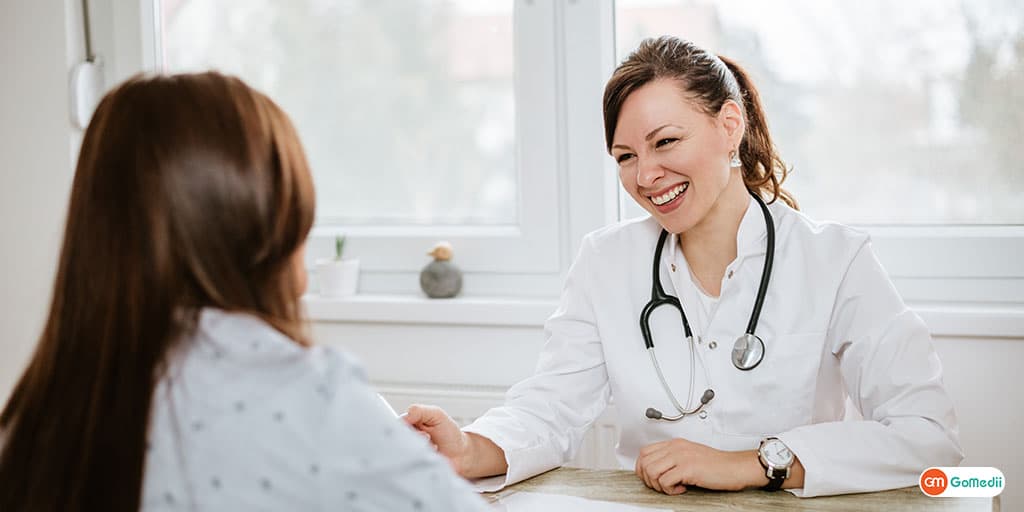Vaginal Endoscopy:
- One of the most common gynecological examinations and investigations in gynecological clinics and medical centers is vaginal endoscopy. What is vaginal endoscopy and what are its risks?
Vaginal endoscopy is a method used to examine and investigate the cervix, vagina, and vulva in women by inserting a magnifying scope called a vaginal endoscope. This allows for enlarging the natural image of tissues and seeing them more clearly than with the naked eye.
Why is vaginal endoscopy performed:
There are many symptoms and signs that warrant the use of endoscopy to confirm a diagnosis, the most important being the examination for cervical cancer. There are several tests to detect and confirm cervical cancer, such as Pap smears, but endoscopy is used to confirm cellular changes associated with cancer, determine its size, and pinpoint its location more accurately. Vaginal endoscopy can also be performed for:
1- Certain types of human papillomavirus infections.
2- Genital warts.
3- Abnormal bleeding or discharge.
4- Itching/burning in the vulva (which may indicate cervical cancer or other issues).
5- Cervicitis.
6- Vaginal endoscopy is sometimes used to assess the effectiveness of a treatment.
Biopsy during vaginal endoscopy:
Sometimes, it may be necessary to take a tissue biopsy from the vagina or inner cervix during endoscopy. When the doctor notices abnormal cellular tissue, a biopsy can be taken from this area and sent to the lab for microscopic examination.
Pieces may be taken from the vagina, cervix, or from the cervical canal in a procedure known as scraping of the cervical canal.
- You may feel a pinch or pain during the procedure as it is usually done without anesthesia. The doctor may prescribe some appropriate pain relievers before the procedure, which you can take over-the-counter before the procedure.
Procedure:
The procedure is usually performed in gynecological clinics or specialized medical centers and typically does not require anesthesia. It is preferable to follow the following instructions before the procedure:
1- It is best to schedule the procedure outside of menstrual periods to allow the doctor a better view.
2- Approximately 24 hours before the procedure, you should avoid:
*- - Using vaginal tampons
*- - Using vaginal medications, including sterile solutions, suppositories, and others
*- - Engaging in sexual intercourse
During the procedure, you will be in a gynecological position, lying on your back with your legs raised and supported. The doctor may use a light solution on the cervix and vagina to obtain a clearer view, then insert the scope through the vagina. Through the endoscope's lens, the doctor can clearly and magnified view internal tissues that are difficult to see with the naked eye. This procedure is completely safe and does not pose any real risk.
After the Procedure:
If the procedure does not involve taking any tissue samples, it is entirely safe, and you should feel comfortable immediately afterward. If a biopsy is taken, you may experience pain for a day or more after the procedure. Over-the-counter pain relievers can be used to alleviate the pain. It is normal to notice dark discharge and vaginal bleeding for a few days. If a biopsy is taken from the uterus or vagina, you may need to use sanitary pads for a short period after the procedure and refrain from sex, bathing, and using non-prescription medications.
Complications of Vaginal Endoscopy:
You should immediately consult a gynecologist if you experience any of the following symptoms: severe vaginal bleeding, severe lower abdominal pain, fever and chills, infection and inflammation (which is rare and occurs due to a malfunction during the procedure).
Vaginal endoscopy is a safe procedure with few complications compared to the diagnostic benefits it provides. It enables gynecologists to identify problems that cannot be seen through visual examination or other clinical methods. It is important to carefully choose your doctor to reach the appropriate diagnosis through the easiest means.

